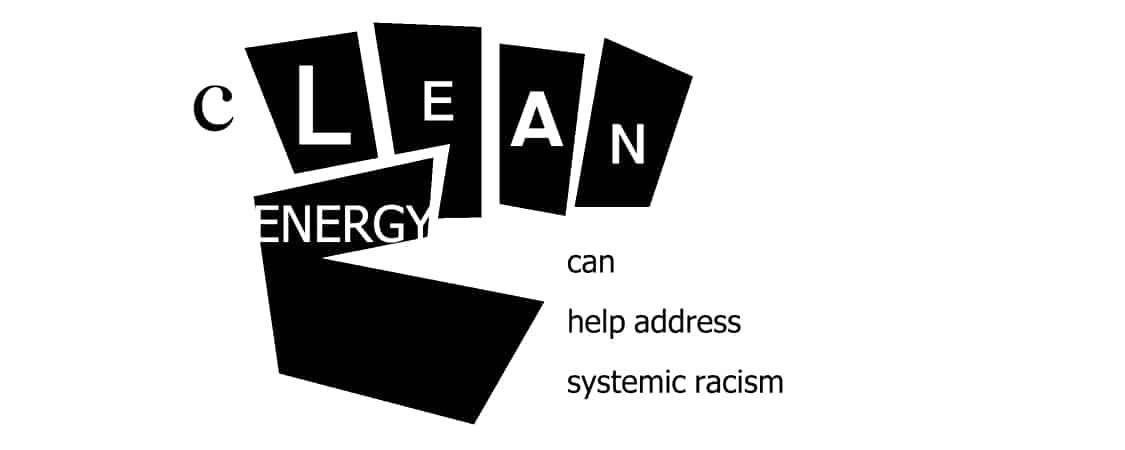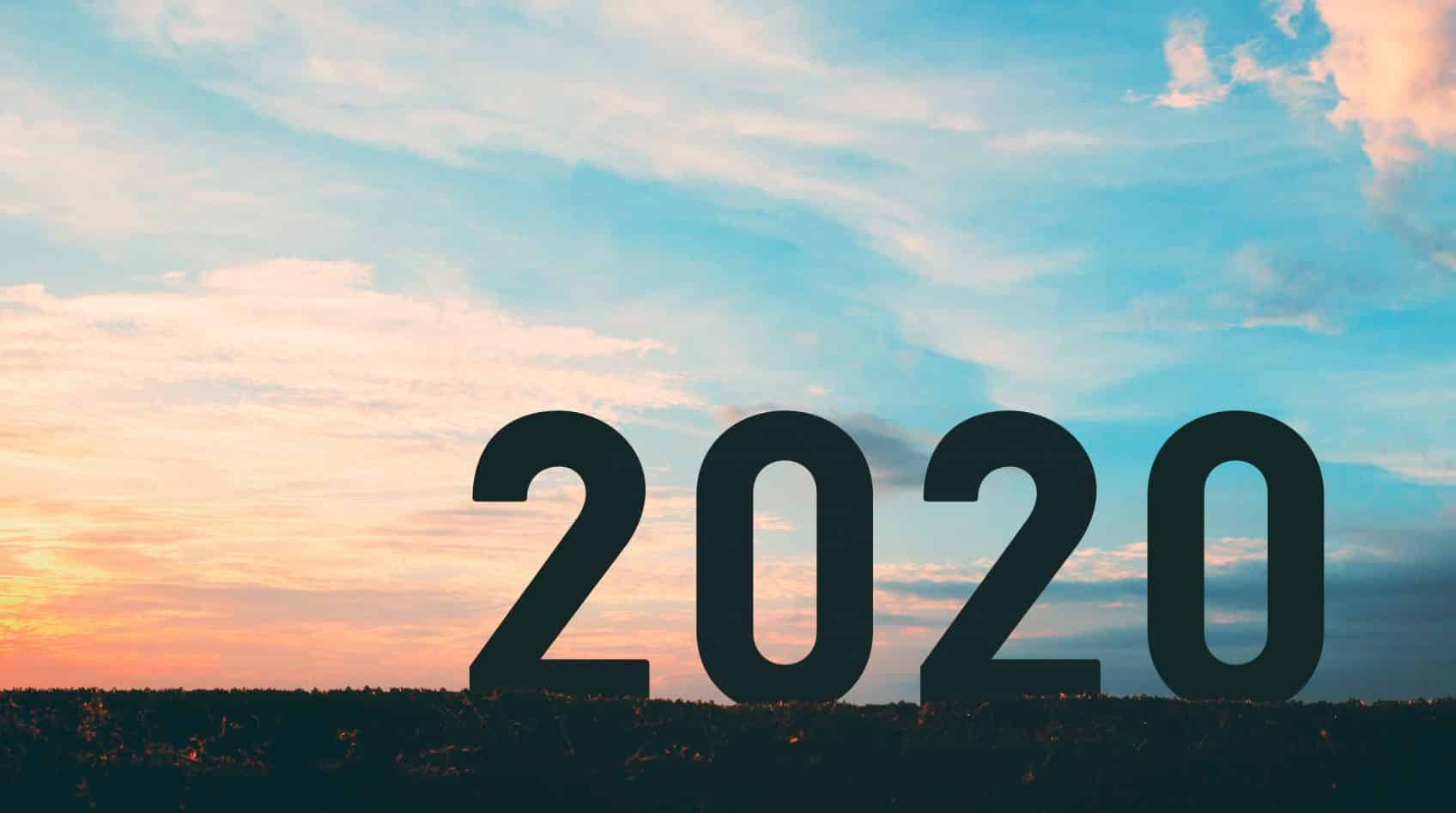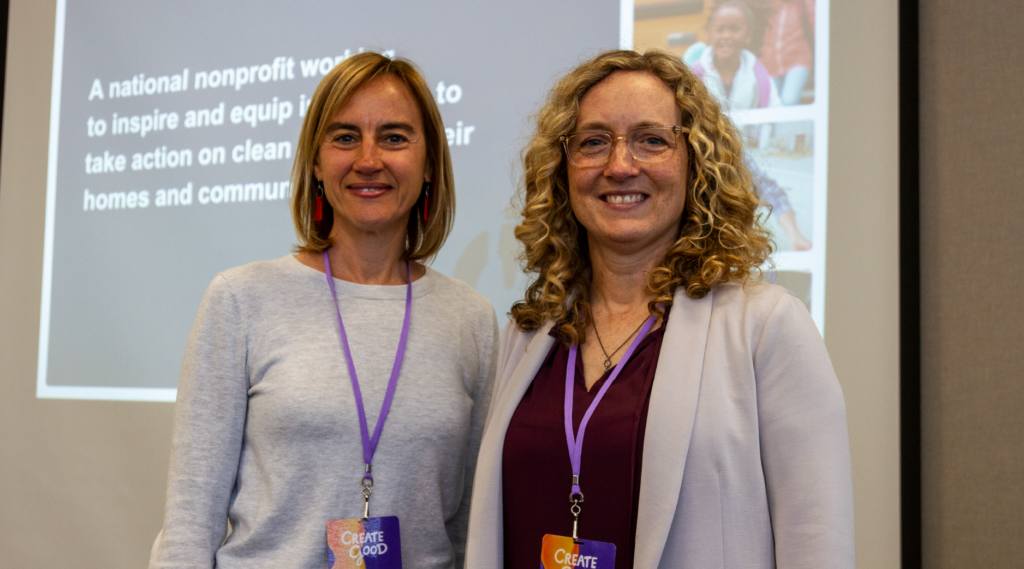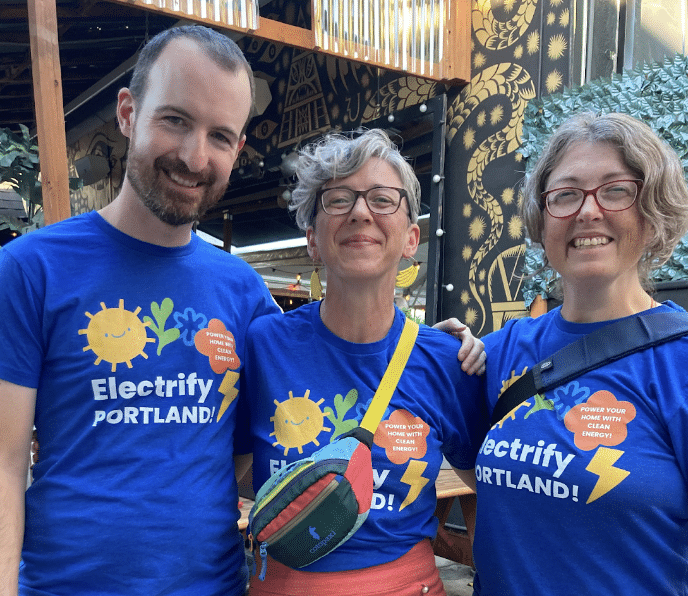On the whole, 2020 will undoubtedly go down in history as a total dumpster fire. But from the perspective of our country’s transition to a clean energy future, the year still had moments worth celebrating: renewable energy generation surpassed coal for the first time in 130 years, we may have hit peak oil demand, and a presidential candidate ran on a strong climate message and won.
Still, let’s not (ever) have another year like 2020, and let’s make sure we learn our lessons from it. In that spirit, here are five takeaways on climate and clean energy from the last twelve months:
 The urgency of addressing the climate crisis wasn’t new news in 2020, but this year saw the scientific community ringing the alarm bell even louder. UN reports updated us on the growing emissions and fossil fuel production gaps between where we need to be (down) and where we’re still headed (up). Just weeks ago, public health experts showed how climate change is an immediate danger to American public health.
The urgency of addressing the climate crisis wasn’t new news in 2020, but this year saw the scientific community ringing the alarm bell even louder. UN reports updated us on the growing emissions and fossil fuel production gaps between where we need to be (down) and where we’re still headed (up). Just weeks ago, public health experts showed how climate change is an immediate danger to American public health.
As 2020 drew to a close and election results were verified, it also provided a moment to reflect on what might be the Trump administration’s most enduring legacy: four crucial, irreplaceable years spent moving backwards on climate and clean energy instead of forward.
If it wasn’t already loud enough, 2020 made the alarm bell deafening. It’s crunch time.
 The pandemic didn’t spare America’s growing renewable energy industry from a rough ride this year. Some parts of the industry, like residential solar installers, got walloped early in the year during strict shutdown orders (but even they saw a strong recovery in the latter half). But overall, wind and solar kept plowing forward surprisingly well and crossed some crucial milestones.
The pandemic didn’t spare America’s growing renewable energy industry from a rough ride this year. Some parts of the industry, like residential solar installers, got walloped early in the year during strict shutdown orders (but even they saw a strong recovery in the latter half). But overall, wind and solar kept plowing forward surprisingly well and crossed some crucial milestones.
A Bloomberg analysis showed that wind and solar power are now the cheapest form of new electricity in most of the world. The International Energy Agency (traditionally a pessimist around renewable energy) reported that solar is now the “cheapest electricity in history.” Despite setbacks on the residential side, utility-scale solar carried its industry toward a record-breaking year for installations. These milestones and “crossover moments” give reason to expect clean, renewable energy to grow even faster than it already has. The transition is picking up speed.
 2020 was the year that many white Americans woke up (or woke up more) to the ugly reality that systemic racism is alive and well in 21st century America. In addition to the protest-inciting displays of police violence, disproportionately high COVID-19 death rates among black and brown Americans provided some of the most shocking evidence to date that systemic racism impacts the health of millions of Americans.
2020 was the year that many white Americans woke up (or woke up more) to the ugly reality that systemic racism is alive and well in 21st century America. In addition to the protest-inciting displays of police violence, disproportionately high COVID-19 death rates among black and brown Americans provided some of the most shocking evidence to date that systemic racism impacts the health of millions of Americans.
As more Americans than ever began paying attention to our country’s ugly (past and present) realities around racism, the issue of environmental injustice came into greater focus as part of the problem: both how our fossil fuel-based economy has made health inequities worse and how climate change—an impact of all that fossil fuel burning—will continue to harm black and brown communities disproportionally.
For many Americans, this greater understanding of environmental injustice should only add to the list of reasons to transform our economy from one powered by burning things to one powered by clean energy. The climate crisis demands a (rapid) transformation of our economy; here now is our chance to make the structure and distribution of investment, opportunity, and benefits more equal than our fossil fuel-based economy ever was.

For years now, business minds have been pointing out how the transition to a clean energy future will be the economic opportunity of our generation: massive job- and value-creation, healthier communities, stable domestic energy sources, and more. The brutal ass-whupping that the pandemic delivered to our economy this year, however, has given us the chance to turn our recovery into a huge leap toward that clean energy future.
If our government must spend trillions of dollars recovering, we can do it in a way that moves us forward to a much better future rather than backward to a status quo ridden with critical underlying conditions. Let’s not waste this opportunity.
 Despite the debate around how climate performed as a voting issue in November, there’s no denying the big result: President-elect Biden won the election (and key battleground states) while holding strong climate positions; he now enters the White House with a clear mandate to take action.
Despite the debate around how climate performed as a voting issue in November, there’s no denying the big result: President-elect Biden won the election (and key battleground states) while holding strong climate positions; he now enters the White House with a clear mandate to take action.
While support for the issue is still much stronger among Democrats, a Fox News / AP exit poll found that 67 percent of all voters (not just Biden voters) supported “increasing government spending on green and renewable energy.” That lines up with consistent polling data showing that a growing majority of Americans are alarmed or concerned about global warming, and support wind and solar power, tax rebates on solar panels and EVs, and more. Some believe four years of Trump scared many folks into caring about climate change, as the number of Americans alarmed about the issue has doubled over the last five years.
Whatever the cause, public support for bold action on climate and clean energy is stronger than ever. As we enter this second year of the decisive decade, let’s make it another one for the history books—but for different reasons than the last.















